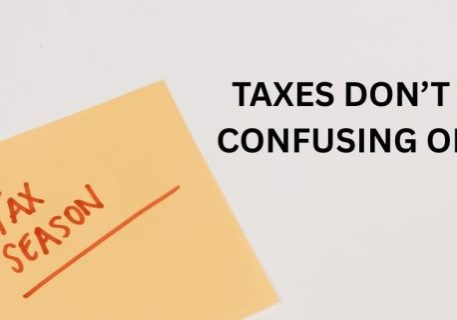
When you lose money on certain investments, you can typically claim the loss against other investments, and in some cases, you may even be able to claim all or a portion of the loss against regular income. Called tax-loss harvesting, this strategy can be critical for investors, day traders, or anyone who regularly buys and sells investments.
Using Losses to Offset Gains
When you sell stocks, you generally recognize a gain or a loss, and at the end of the tax year, you can offset your gains with your losses. To explain, say you buy some tech stocks for $20,000, and you sell them for $30,000. At this point, you have a $10,000 capital gain, and you must report this gain on your income tax return and pay taxes accordingly.
But now, imagine that the same year, you bought industrial stocks for $20,000 and sold them for $15,000, incurring a loss of $5,000. When you file your tax return, you can use the $5,000 loss to reduce your $10,000 gain to $5,000, and as a result, you only have to pay tax on $5,000 in gains.
Short Versus Long-Term Capital Gains
The government taxes capital gains differently depending on how long you own the asset. Typically, if you earn money from selling an asset you’ve owned for less than a year, the gains are considered to be short-term gains, and they are taxed at your highest income tax rate.
In contrast, if you earn money selling an asset you’ve held for more than a year, the earnings are long-term capital gains, which are taxed at 0%, 15%, or 20% depending on your income. In all cases, this rate is lower than the rate applied to short-term capital gains. Note there are exceptions to this rule for certain types of investments.
Whether you have short or long-term capital gains, tax-loss harvesting may be able to reduce your tax liability. To give you another example, imagine you have $30,000 in short term capital gains, and you’re potentially facing a high tax bill for that income. However, when you look at your portfolio, you notice that some stocks you’ve held for years have dropped in value by $20,000.
To reduce your income on paper, you sell those stocks, and now, you only have to pay tax on $10,000 in short-term gains. But what happens if your capital losses exceed your gains?
Claiming Capital Losses Against Ordinary Income
If your capital losses exceed your gains, you can claim $3,000 against ordinary income, and you can roll forward losses indefinitely. Here’s what happens. Imagine you incur $10,000 in short or long-term capital losses. That same year, you have $50,000 in taxable income from your job.
You can use $3,000 of your losses to reduce your taxable income to $47,000, which in turn lowers your tax liability. The following two years, you can claim another $3,000 against your ordinary income, and the fourth year, you can claim the last $1,000. If you had more losses, you could continue this cycle for years until you had claimed the total of all your losses.
Note that if you file as married filing separately, you each can only claim $1,500 in capital losses against ordinary income.
Important Disclosures:
The opinions voiced in this material are for general information only and are not intended to provide specific advice or recommendations for any individual. To determine which investment(s) may be appropriate for you, consult your financial professional prior to investing.
The information provided is not intended to be a substitute for specific individualized tax planning or legal advice. We suggest that you consult with a qualified tax or legal advisor.
All information is believed to be from reliable sources; however LPL Financial makes no representation as to its completeness or accuracy.
This article was prepared by WriterAccess.
LPL Tracking #1-05319556
Sources
Other Articles You Might Like...



